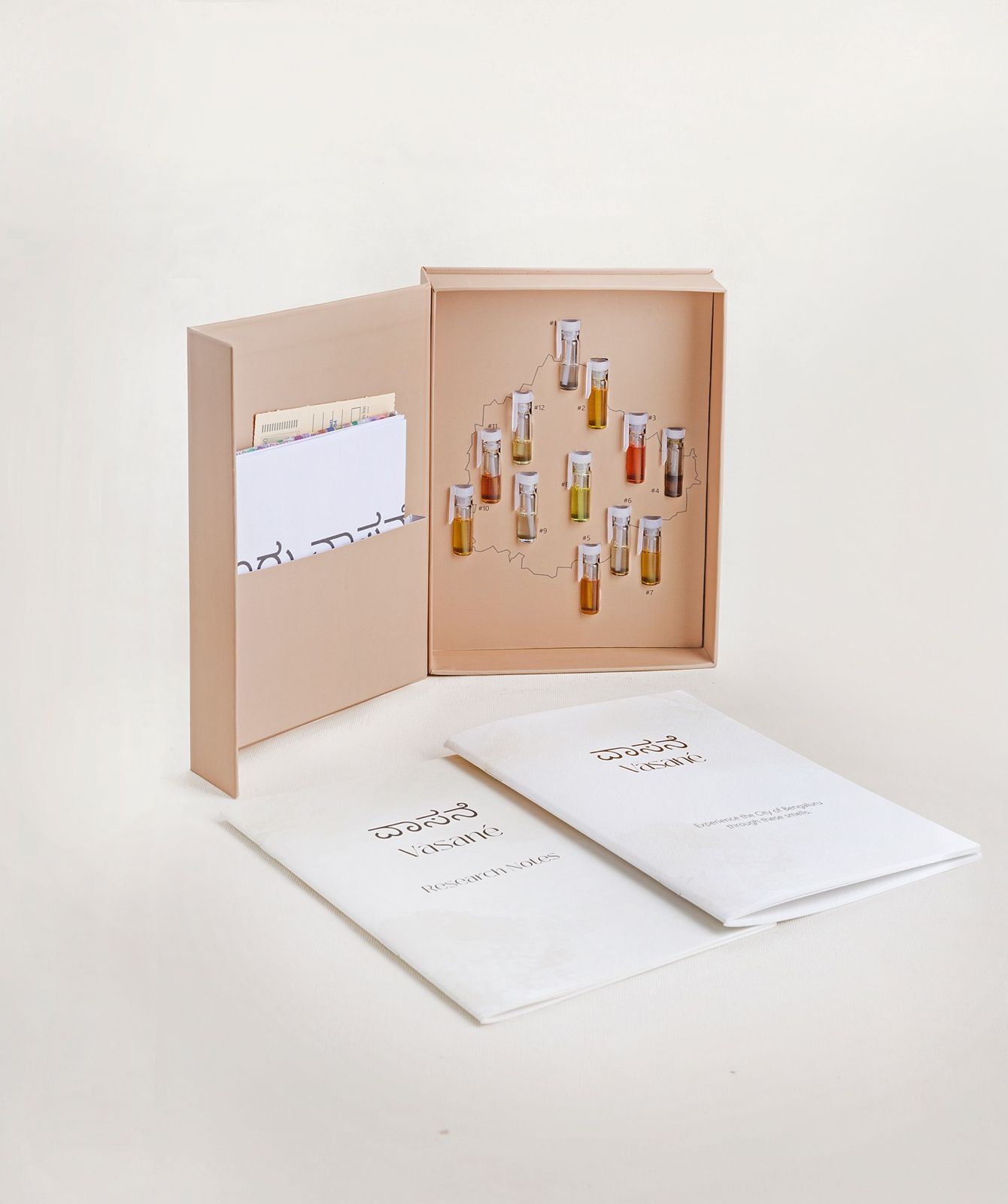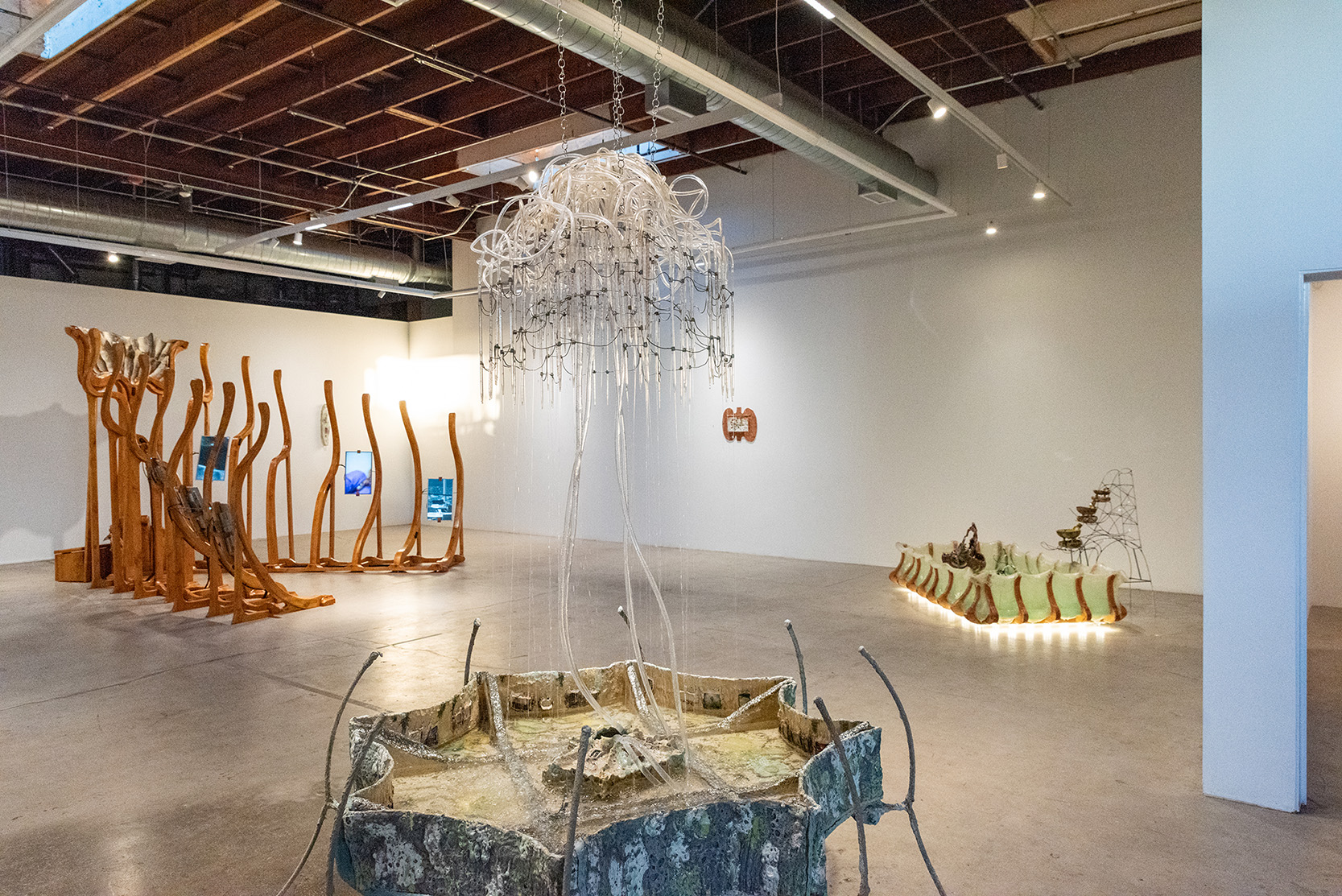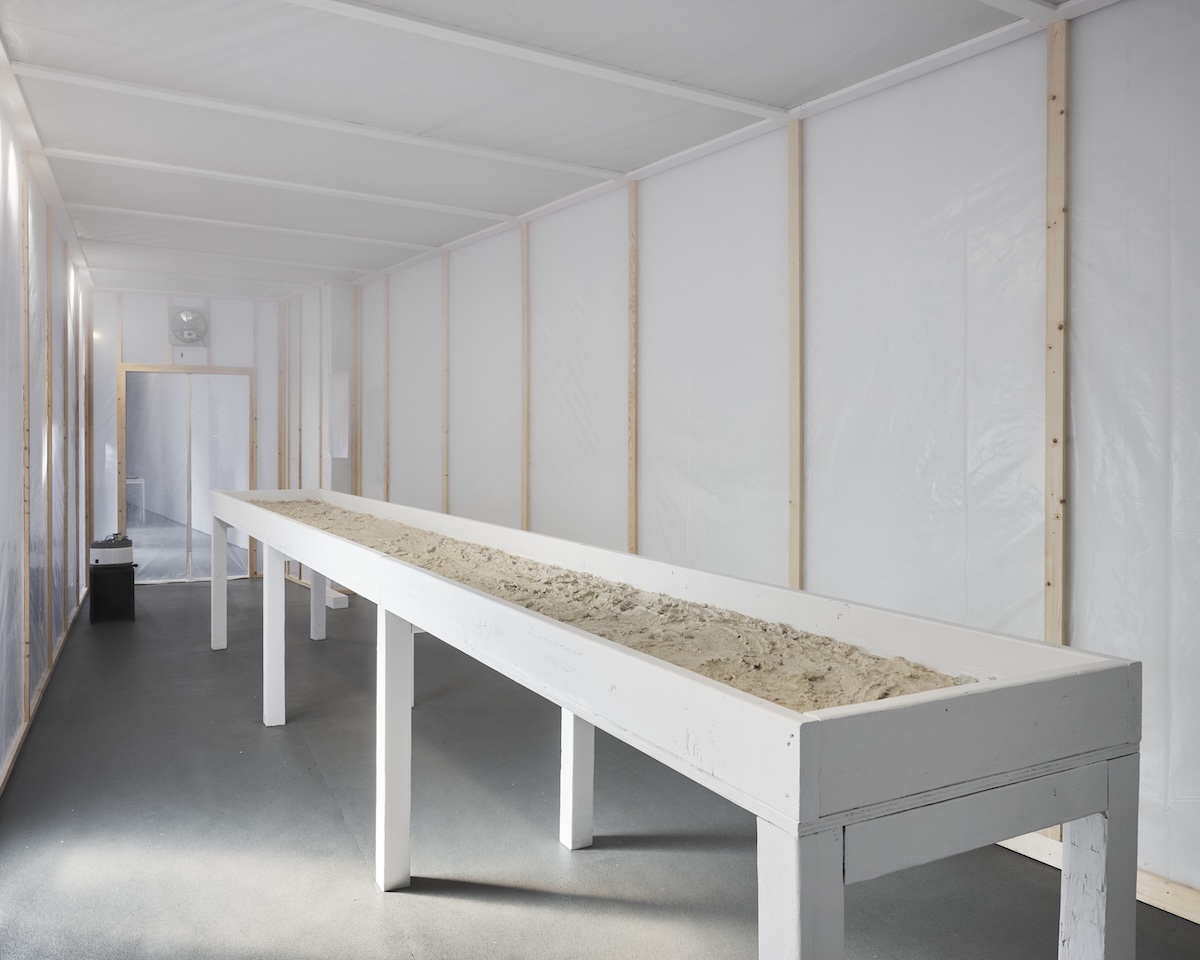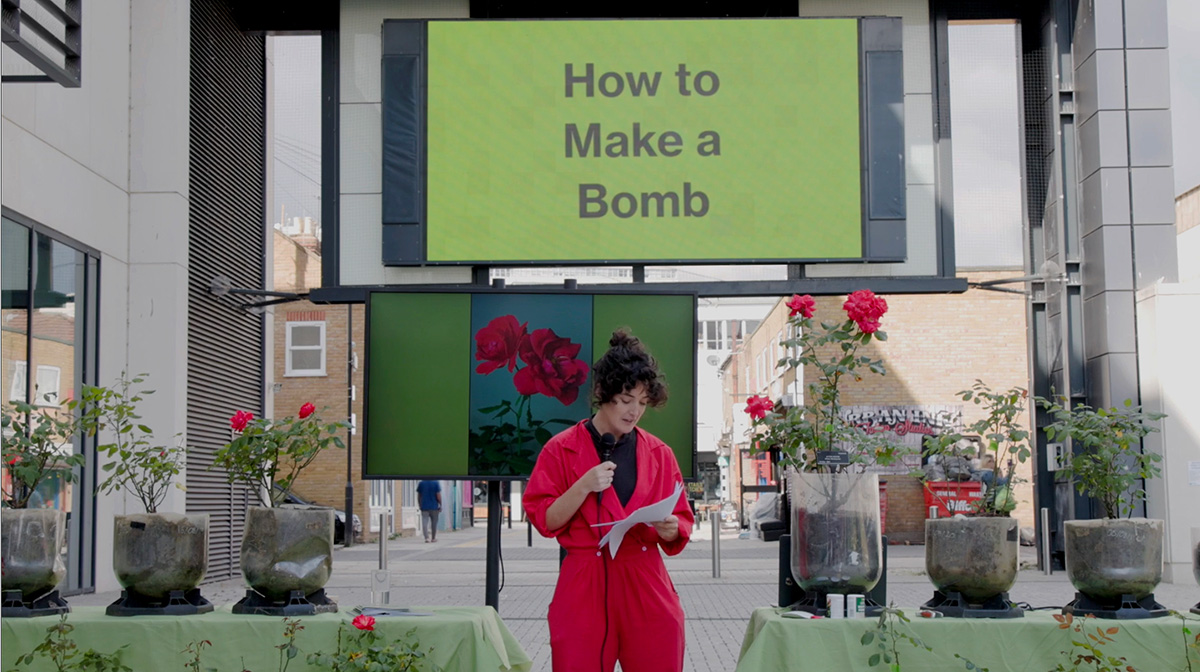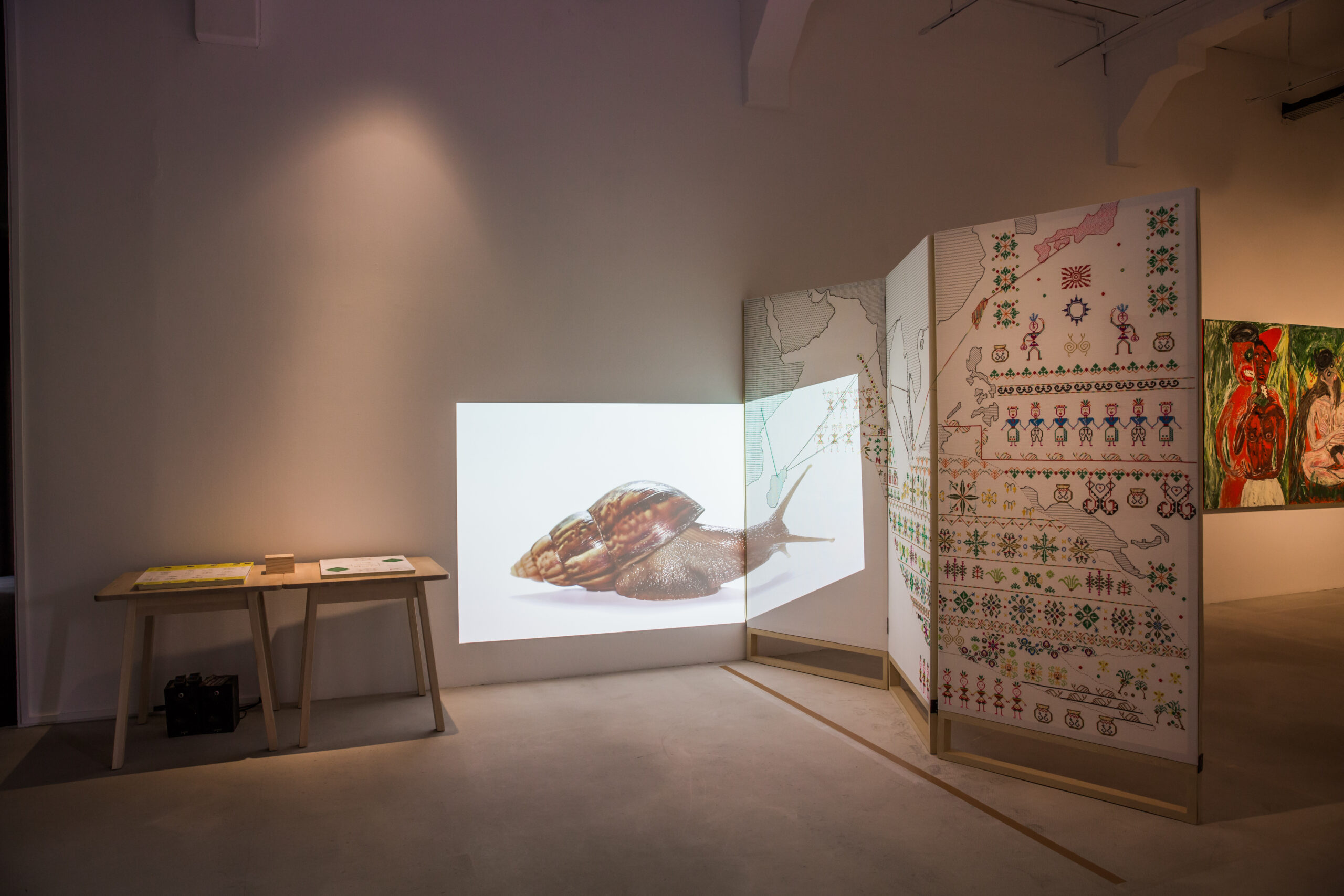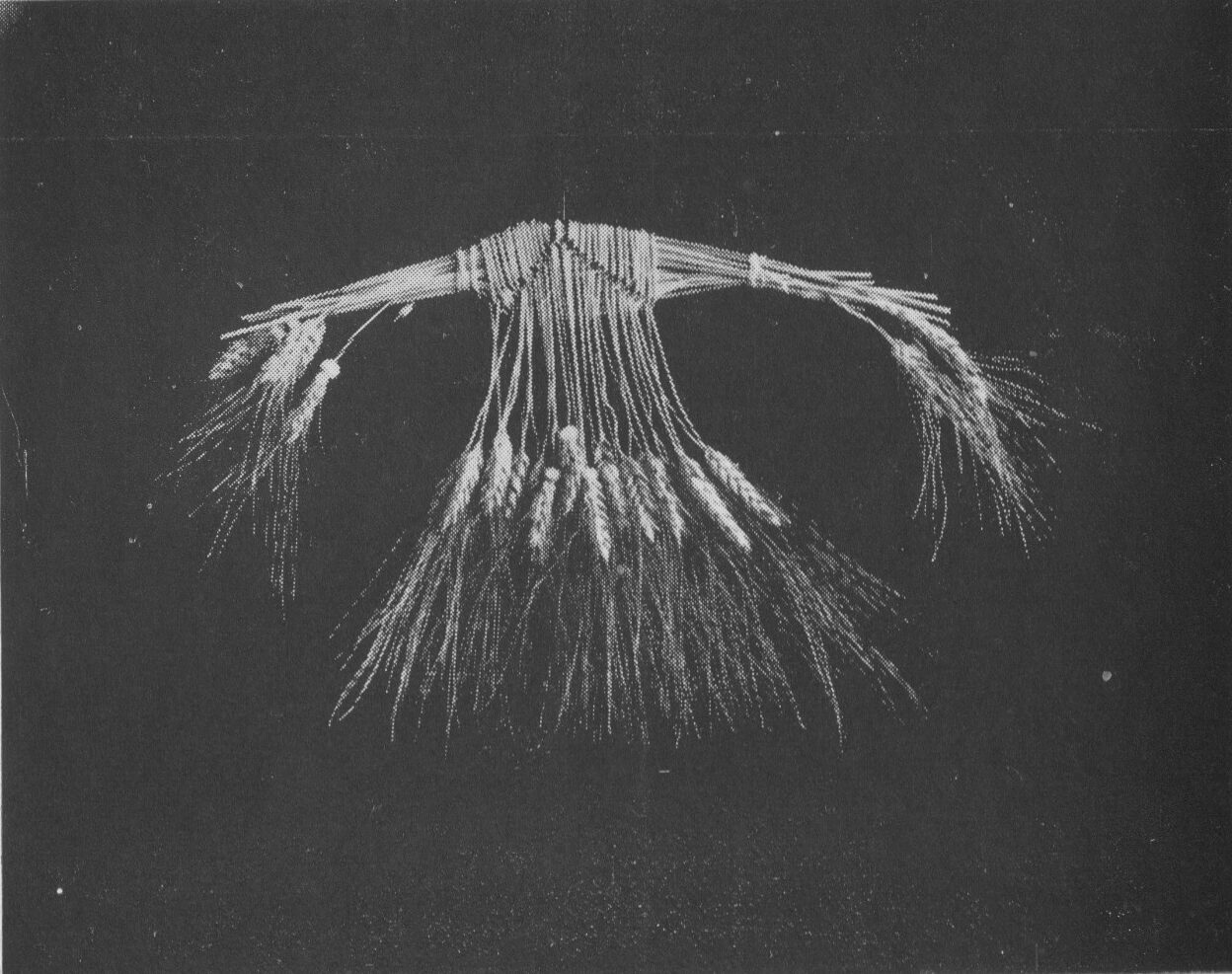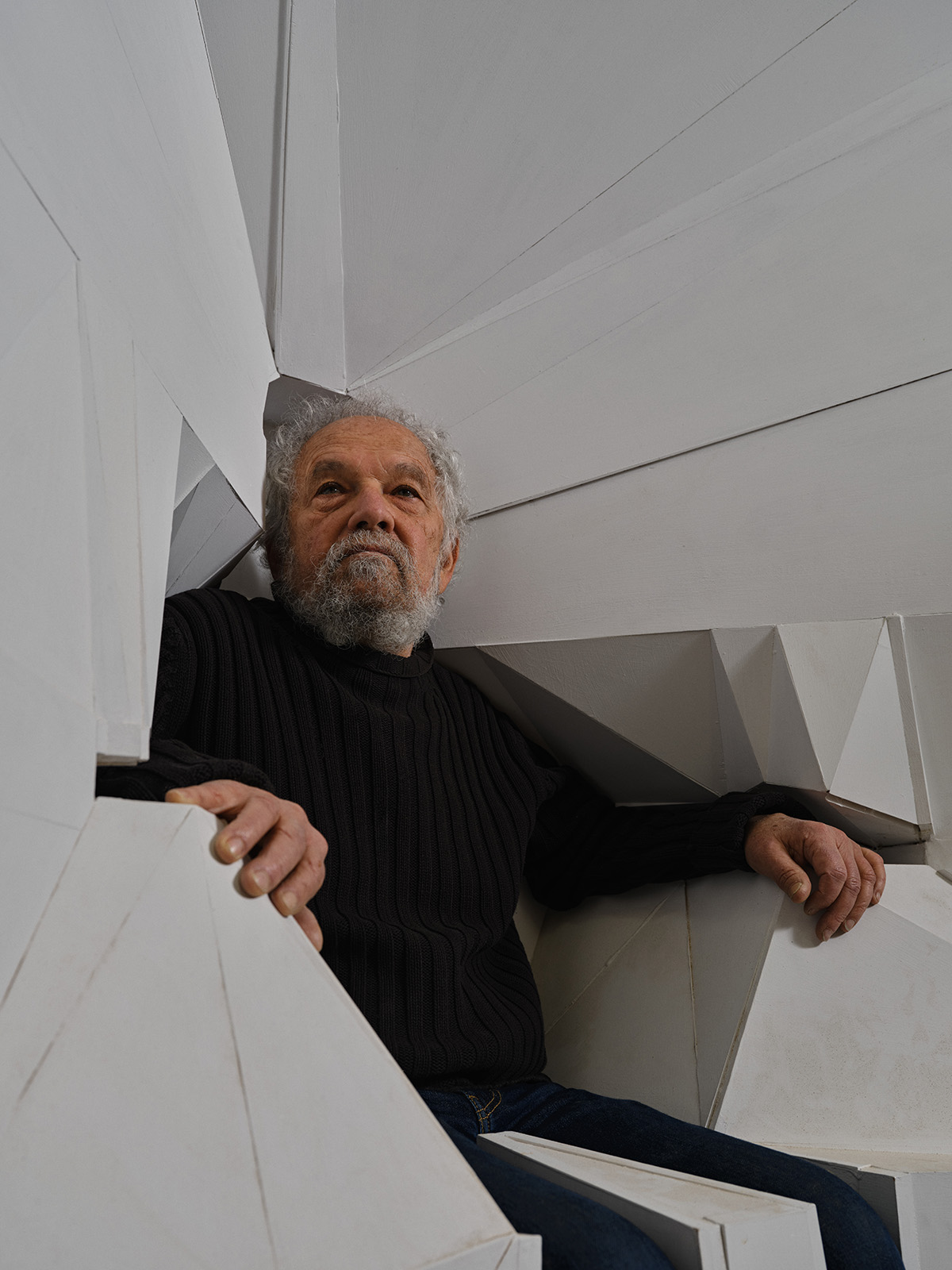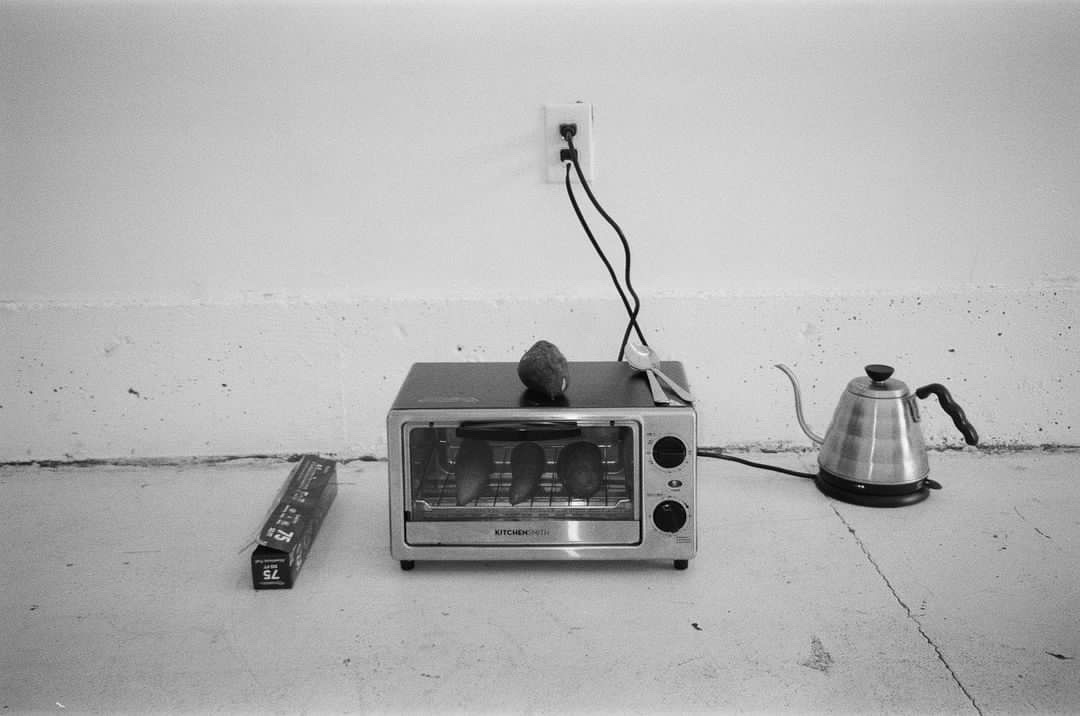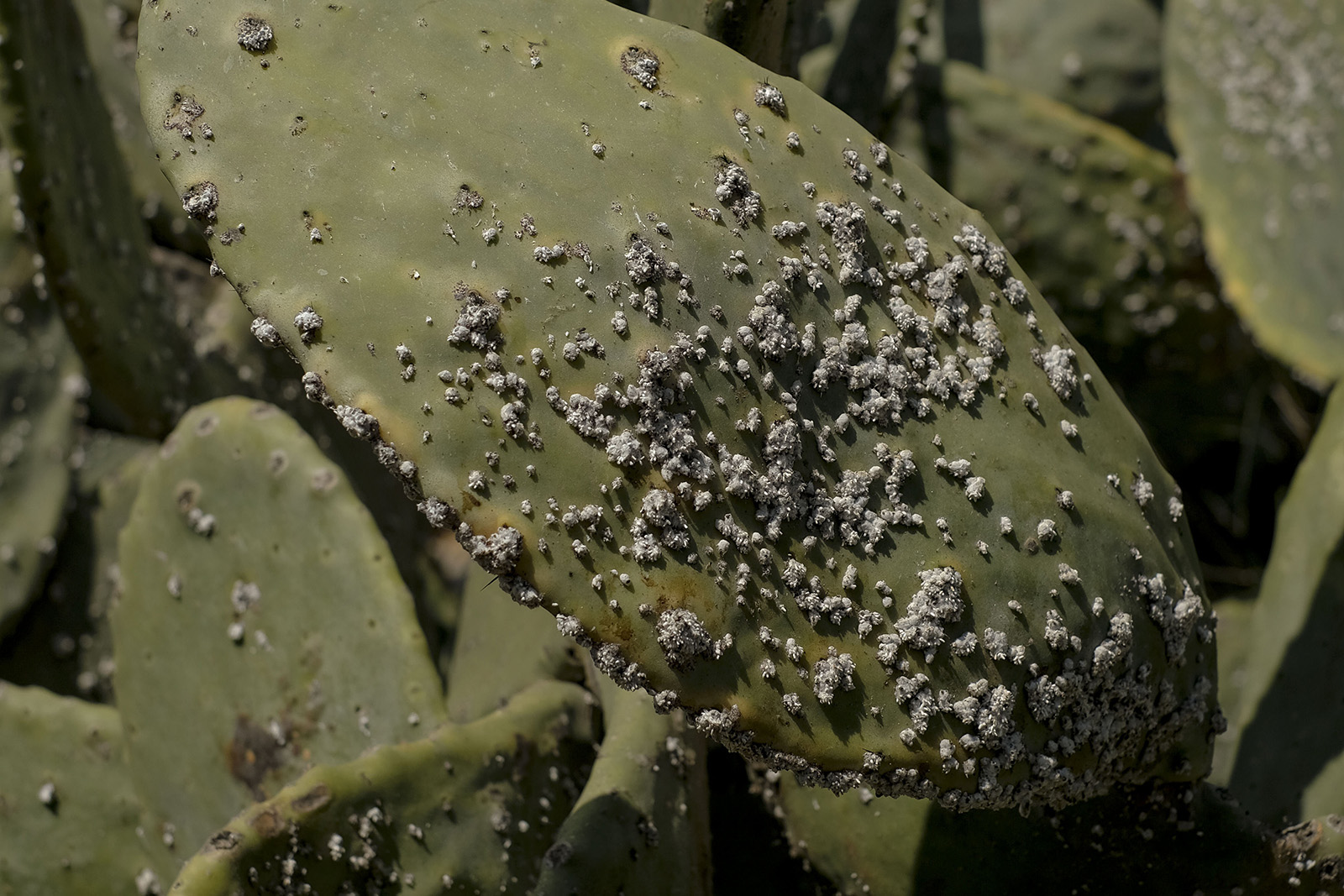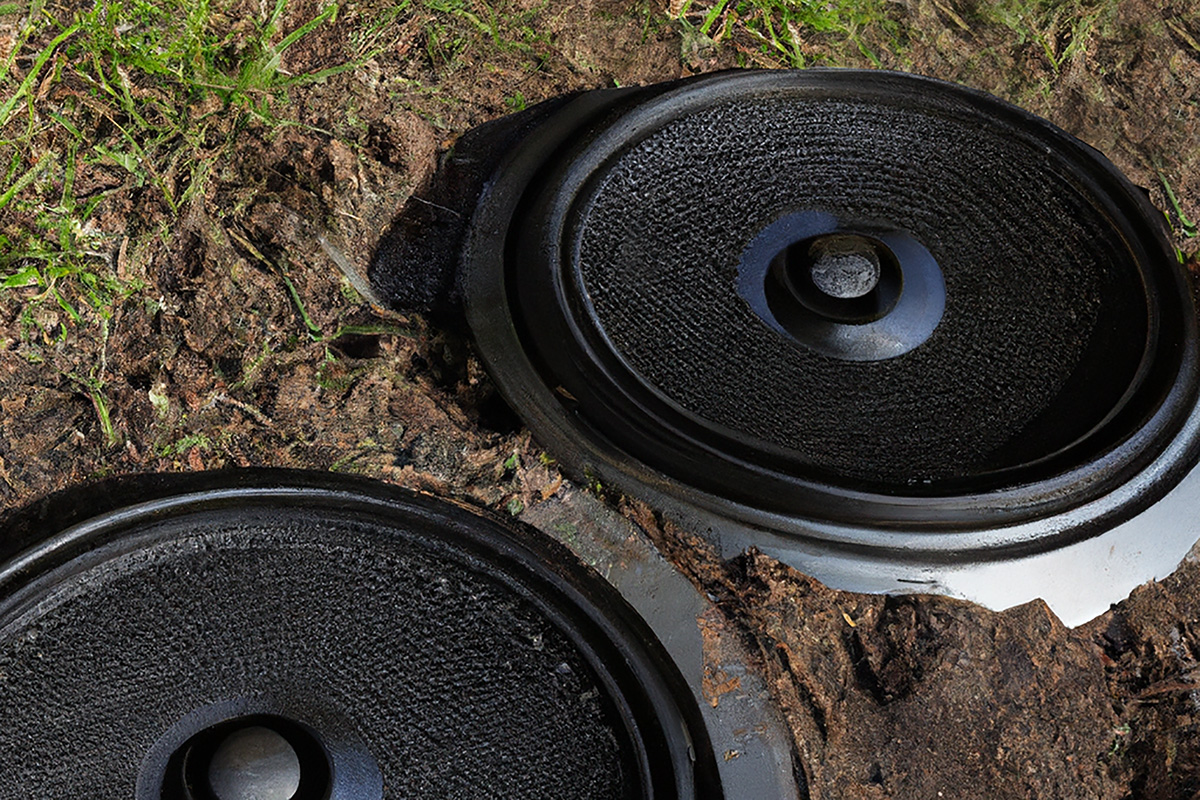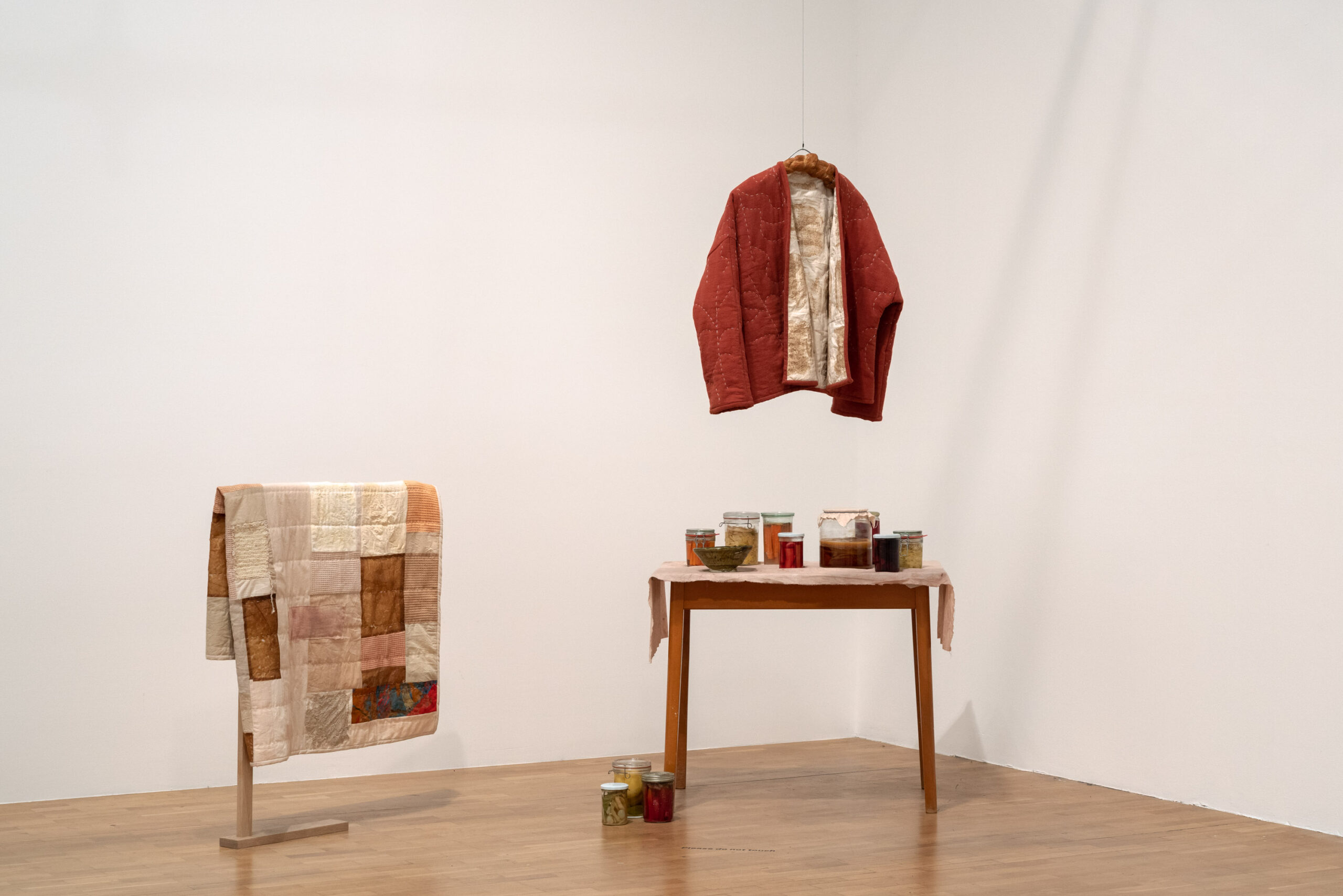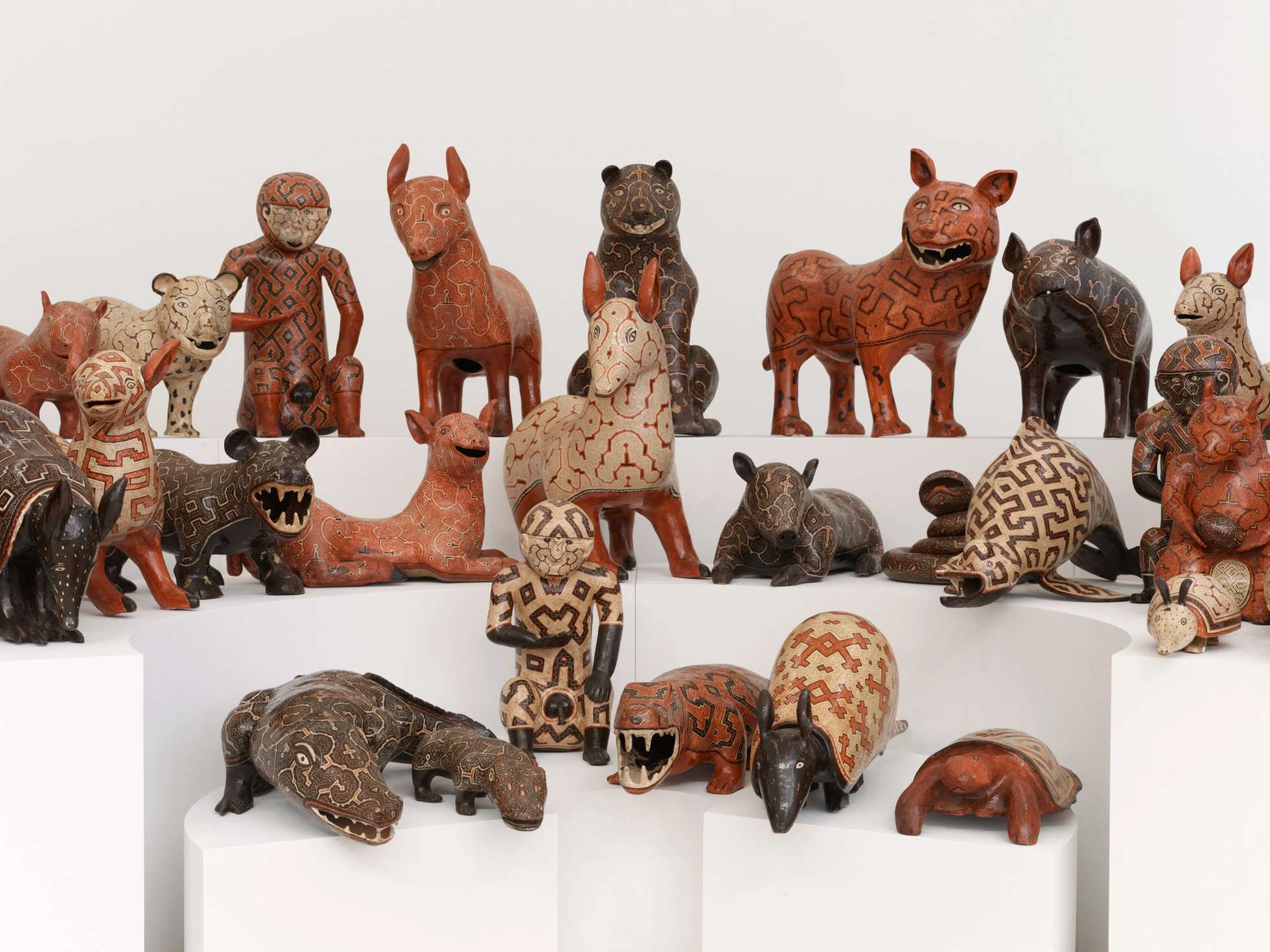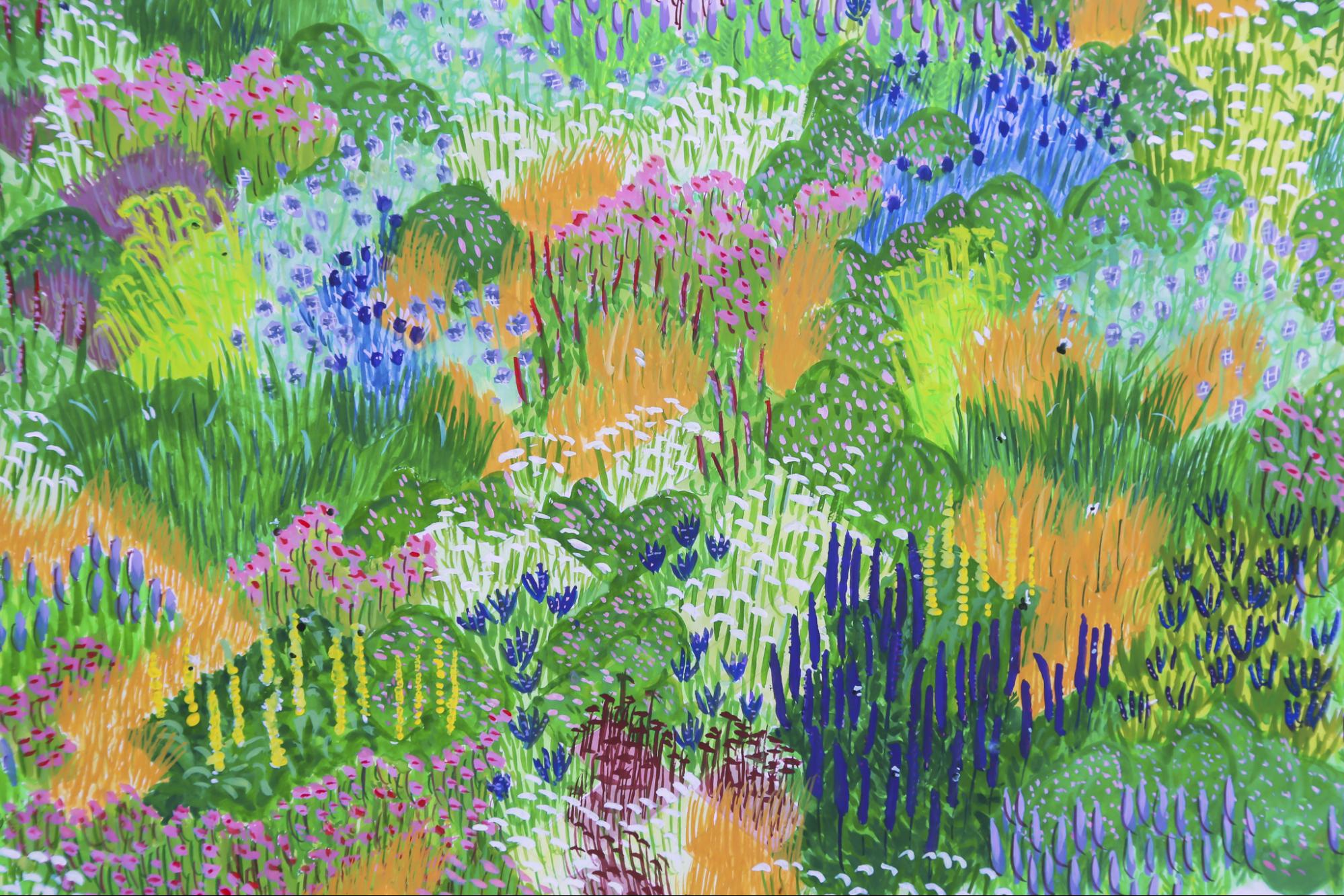This story is part of MOLD Magazine: Issue 01, Designing for the Human Microbiome. There’s still time to order your limited edition copy here.
INTRODUCTION
Aberdeen, Scotland, 2036.
What kind of microbial future do you desire?
MICROBIOTOURS is a walking tour of the Rowett Institute of Nutrition and Health campus, created to explore invisible ecologies and bacterial subcultures. Each stop on the tour highlights the ways in which microbiome research has reshaped our daily lives and habits over the last two decades.
Debates over the relationship between human health, food, science and culture have made microbiota research one of the most vibrant and contested areas in the life sciences. We now know that each human body carries more microbial cells than human cells, and that this microbial life is important to many bodily functions. There is still a lot to learn about these tiny ecosystems, but one thing is for sure: we need them and they need us. Microbial interactions are notoriously complex and there are great pressures on researchers to create profitable products and therapies. Over the last 20 years, this has lead to cycles of hype, skepticism and self-experimentation.
From Paleo Gut Gardening to the Microbiome Pick-n-Mix, this tour covers the cultural history of the microbiome era as well as emerging products, practices and research. We hope you enjoy the tour.
STOP 1.
The ShitBit
This commemorative restroom contains the first personalized microbiome sequencing technology. Created by a research team in 2019, the device was designed to give a readout of the unique microbial composition of a user’s gut. In the original prototype displayed here, human feces passed through the donut, where a sample was taken by the small needle. The results were then transmitted directly to the user’s phone or device. The ShitBit now sequences and analyzes fecal samples from hundreds of thousands of individuals worldwide.
STOP 2.
Microbiome Pick-n-Mix
This is a proprietary probiotic station, designed for luxury office kitchenettes. The Institute is still completing human subject trials, but soon ShitBitPlus™ subscribers may be able to use their stool sample readings to customize their Pick-n-Mix topping. Imagine snacking on a unique combination of microencapsulated probiotics, selected based on your body’s needs. Sprinkle them on some frozen yogurt, and head back to your desk feeling re-populated and refreshed!
STOP 3.
The Dump Truck
This parking space is reserved for a “food” truck that offers cosmetic fecal transplantation. Reseeding your microbiome with another’s feces is no longer just a medical option. At the Dump Truck, choose from a menu of fecal transplants including authentic celebrity samples, foreign travel readiness, or beauty treatments for your insides.

With the option to “s(h)it in or takeaway,” you can either perform the procedure in one of the Dump Truck’s Changing Stations or take your sample home in an odor-free doggy bag.
STOP 4.
Campus Cafe
This campus cafeteria serves as a living laboratory for microbiome materials research. It contains 3D-printed plants seeded with communities of microorganisms designed to regulate the room’s ambient environment. The overuse of antimicrobial surfaces in architecture—particularly in public spaces like this one—throughout the 2020s necessitated the development of more holistic approaches to interspecies design in the built environment.
STOP 5.
Microorganism Disposal Units
This is where the institute stores its B-Waste, the leftover, unwanted outflows of microbiome research. As it began scaling its microbiome research in the 2020s, the institute saw a need to establish a comprehensive B-Waste initiative. Back then it was common to radiate unwanted biological material, destroying everything, instead of recycling or composting it. As it turns out, this living material can be recaptured and used to generate chemicals or other useful byproducts.
STOP 6.
Field and Sky
Here, we invite you to lay down on the grass, look up at the sky, and listen to this historic quote, “If microbiome science tells us anything, it’s that everything is secretly ecology. The biology of oceans and bodies and soils is really about the connections and relationships between living things, many of which have gone unnoticed for too long. It will take new human relationships to understand them.” (Ed Yong, Science Writer, 2016)
STOP 7.
Paleo Gut Gardening
To your right is the Paleo Gut Gardening pitch. Many of our graduate students are members of this fitness group, though it has no affiliation with the Institute. Twice a week, they move this pile of rocks from one side of the field to the other. This workout combines physical exercise with an exchange of microbes amongst participants and “wild” bacteria the environment.
STOP 8.
Forest Bathing
Finally, this forest grove is part of the ongoing wellness campaign at the Institute. Twice a day, employees come outside to “take a bath” in a specially planted forest, relaxing in a composed ambient microbiome. Researchers at this site are practicing science in a new way: working across scales, synthesizing disciplines and embedding their designs in the landscape. In early analysis, happiness and morale have increased in test subjects.
A special thank you to Dr. Wendy Russell, the Rowett Institute of Nutrition and Health, and the Leverhulme Trust for making this artwork possible.









